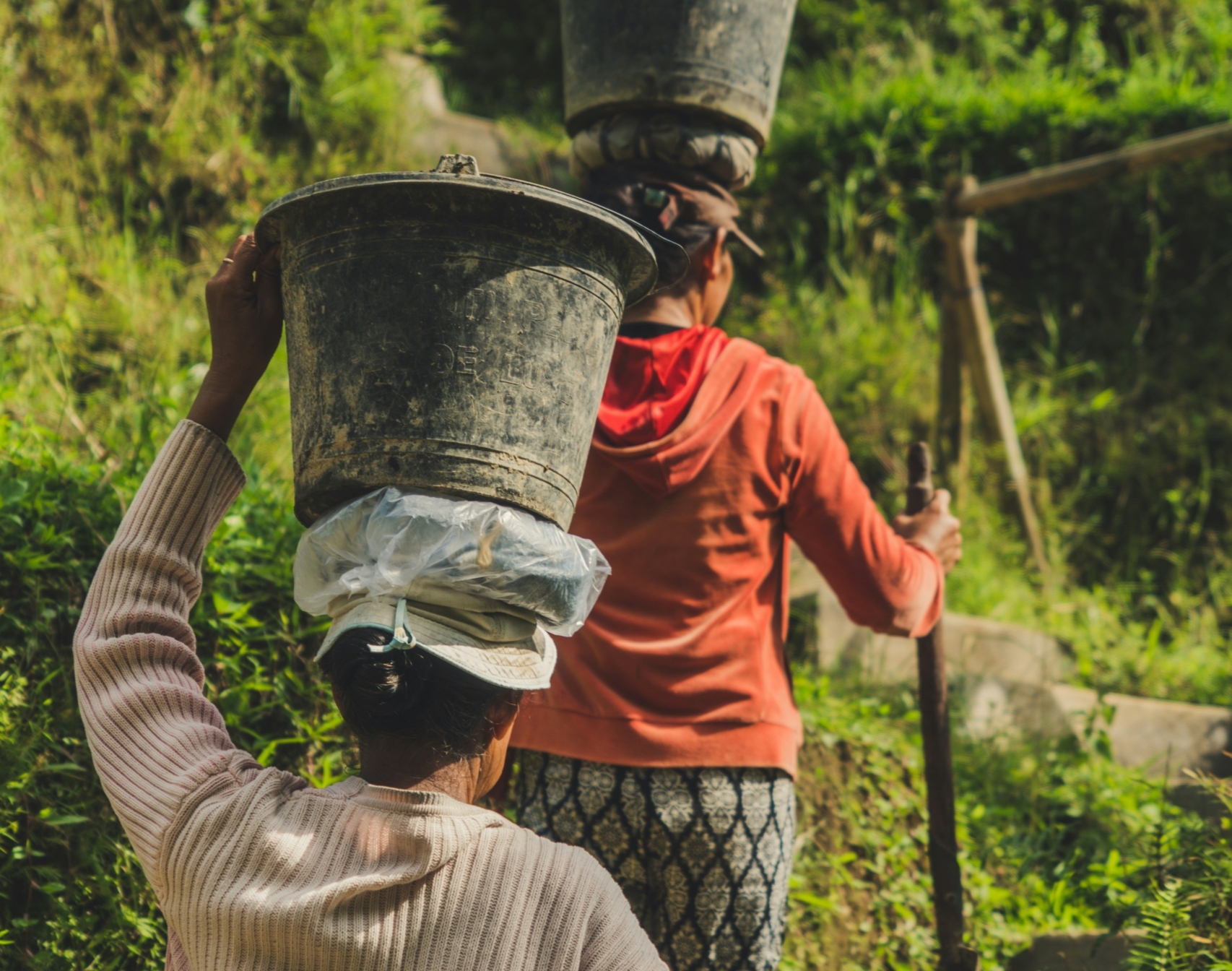 Surge for Water, a nonprofit organization dedicated to addressing water scarcity issues, has made significant strides in helping Indonesian communities. In a country where water scarcity is a pressing concern, Surge for Water’s mission and innovative approach have brought about tangible improvements in the lives of many. By understanding the water crisis in Indonesia and implementing sustainable solutions, the organization has become a beacon of hope for communities facing water-related challenges. Surge for Water has improved access to clean and safe drinking water in Indonesia.
Surge for Water, a nonprofit organization dedicated to addressing water scarcity issues, has made significant strides in helping Indonesian communities. In a country where water scarcity is a pressing concern, Surge for Water’s mission and innovative approach have brought about tangible improvements in the lives of many. By understanding the water crisis in Indonesia and implementing sustainable solutions, the organization has become a beacon of hope for communities facing water-related challenges. Surge for Water has improved access to clean and safe drinking water in Indonesia.
How Did Surge for Water Come To Be?
The inspiration for launching Surge for Water originated during a childhood visit to India, where founder Shilpa Alva observed children her age deprived of the opportunity to play, forced instead to fetch water. As a child, she recognized the injustice of children bearing such responsibilities for their families’ survival.
At 21, Alva undertook a teaching assignment in the remote Indian village of Rajgarh. She encountered students frequently absent from school due to water-related illnesses or limitations. The establishment of Surge in 2008 was a direct response to this fundamental need. It was also a personal calling to address the water crisis affecting communities like those Alva had witnessed in India.
What Brought Surge for Water to Indonesia?
The Southeast Asian country of Indonesia, is facing a pressing issue threatening the well-being of its people and the environment – water scarcity. The water crisis in Indonesia is multifaceted, with several contributing factors exacerbating the situation.
- Deforestation: Indonesia ranks among the top countries with high deforestation rates. The main causes include illegal logging, agriculture and pulp and paper production. The rampant deforestation in the country has led to erosion, causing the clogging of rivers with silt and agricultural pollutants. This has resulted in a drastic decline in downstream water quality and availability.
- Urbanization: As more people migrate to urban areas, the demand for water rises, putting a strain on existing water supplies. In fact, Java Island has the highest water stress compared to other regions. It accommodates more than half of the overall population but only has access to 4% of the surface water supply.
- Pollution: While industrial and agricultural activities contribute to the water crisis in Indonesia, poor sanitation and mismanagement of waste are causing the most pollution. Approximately 25 million Indonesians do not have access to proper sanitation facilities. This results in widespread open defecation in many outdoor locations. This practice contributes to water contamination and the spreading of diarrheal diseases, including cholera. In fact, a quarter of children under the age of 5 in Indonesia are affected by diarrhea. This makes diarrhea the leading cause of child mortality in the country.
How Surge for Water Is Making a Difference in Indonesia
Surge for Water takes a holistic approach to addressing the water crisis in Indonesia. It works closely with local communities to assess their specific needs and develop sustainable solutions that will have a lasting impact. This includes implementing water filtration systems, conducting hygiene education programs and empowering community members to take ownership of their water sources.
For example, at SD Pari Deta, an elementary school, the previous reliance on distant springs and rainfall for water hurt students and teachers due to inadequate toilet facilities. After an assessment, it was discovered that the school faced challenges such as a contaminated rainwater collection tank and a deteriorating well. Open defecation was also prevalent among students. It was determined that constructing a rainwater tank and improving toilet facilities were necessary.
Through collaboration with the local community and school leadership, a rainwater harvesting tank was installed to store 10,400 liters of water. A new toilet with separate stalls for boys and girls was also constructed. Yuliana Boko Kaka, a teacher for second-grade students, stated that the availability of clean water and secure restroom facilities has significantly influenced her students’ behavior. This has led to reduced consumption of contaminated water, the practice of open defecation and the neglect of handwashing practices.
Conclusion
Thanks to Surge for Water’s efforts, thousands of people in Indonesia now have access to clean and safe drinking water. This has not only improved the health and well-being of these individuals but has also empowered communities to thrive and grow. By providing necessities like clean water, the nonprofit is laying the foundation for a brighter future for the people of Indonesia.
– Sara Hatab
Photo: Unsplash

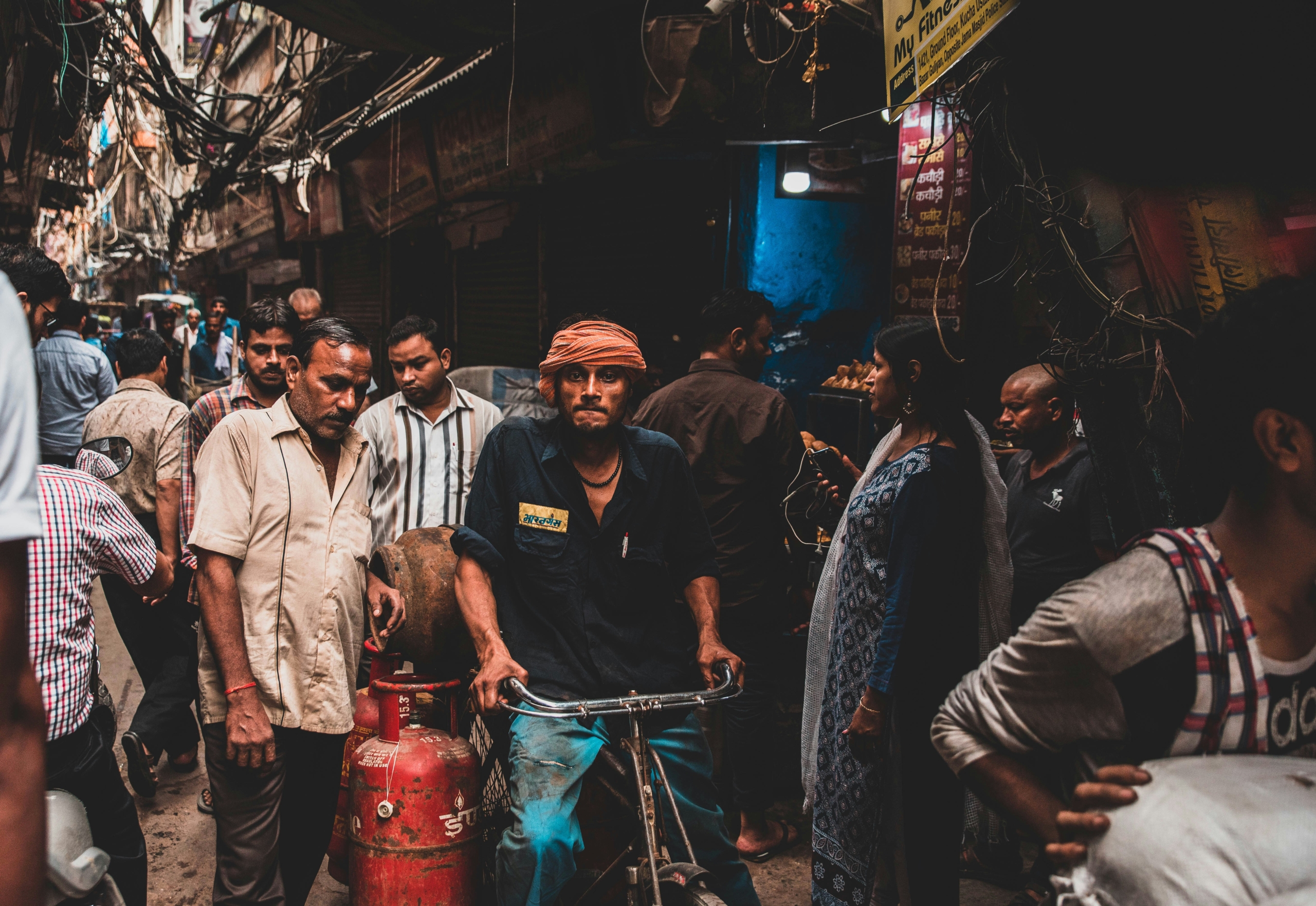
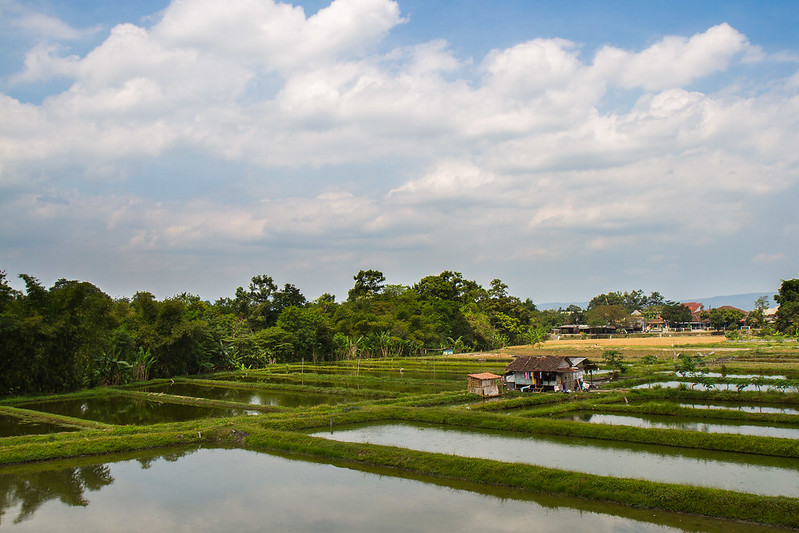 The tourism economy in Indonesia provides jobs, increases funding for other programs, and improves the overall economy of the nation. The country attracts international travelers, companies interested in profit, and people who hope to earn a living in this industry. The expansion of tourism positively affects the citizens and their livelihoods. This article examines the impact on tourism in Indonesia on poverty.
The tourism economy in Indonesia provides jobs, increases funding for other programs, and improves the overall economy of the nation. The country attracts international travelers, companies interested in profit, and people who hope to earn a living in this industry. The expansion of tourism positively affects the citizens and their livelihoods. This article examines the impact on tourism in Indonesia on poverty.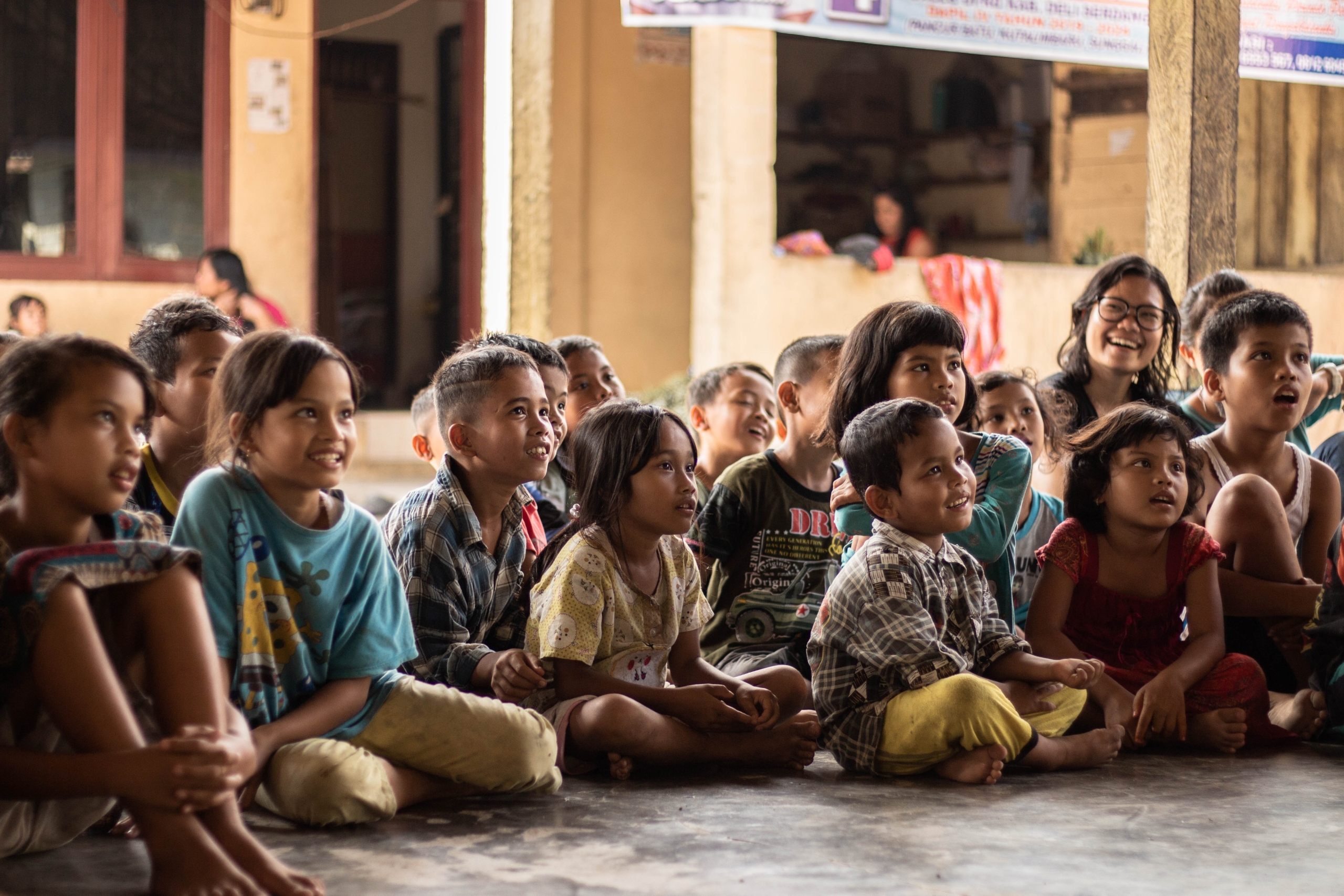 Indonesia, a vibrant nation nestled in Southeast Asia, is home to a diverse population facing various challenges. Amidst the rich cultural tapestry, several charities tirelessly work to uplift communities, promote education, provide healthcare, and protect the environment. Here are five impactful charities operating in Indonesia, each contributing to the nation’s progress and improved welfare.
Indonesia, a vibrant nation nestled in Southeast Asia, is home to a diverse population facing various challenges. Amidst the rich cultural tapestry, several charities tirelessly work to uplift communities, promote education, provide healthcare, and protect the environment. Here are five impactful charities operating in Indonesia, each contributing to the nation’s progress and improved welfare.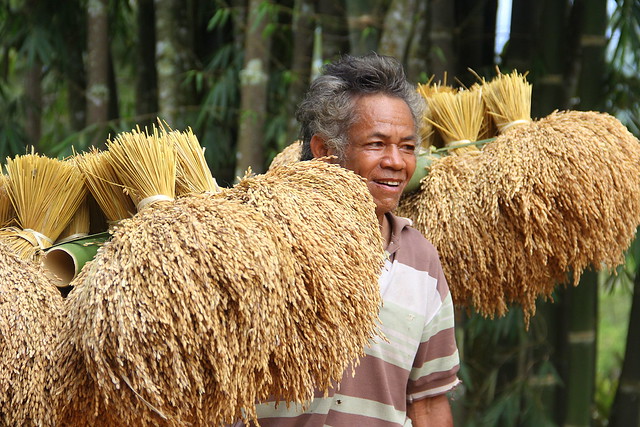
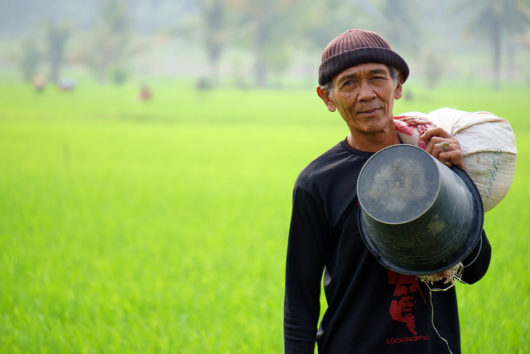
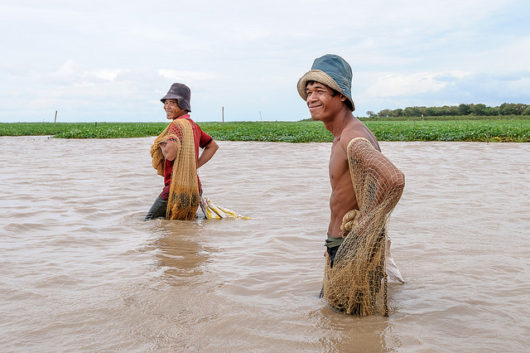
 Western media often sensationalizes stereotypes of Asian countries including one of the most diverse and beautiful scenic spots in the world,
Western media often sensationalizes stereotypes of Asian countries including one of the most diverse and beautiful scenic spots in the world, 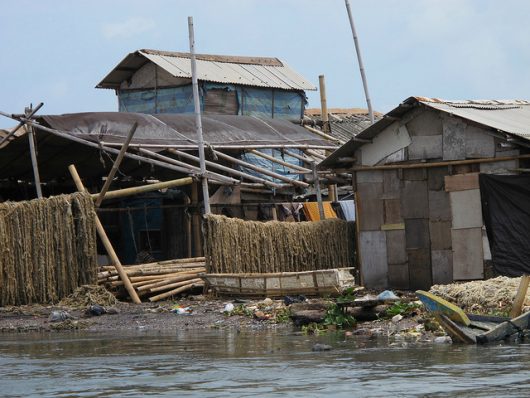
 As neighboring countries,
As neighboring countries,